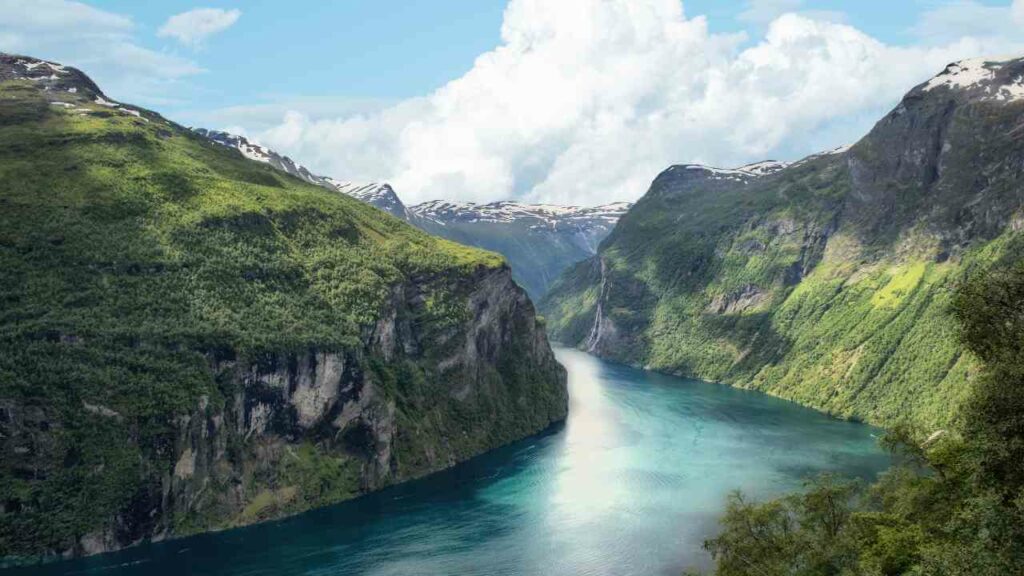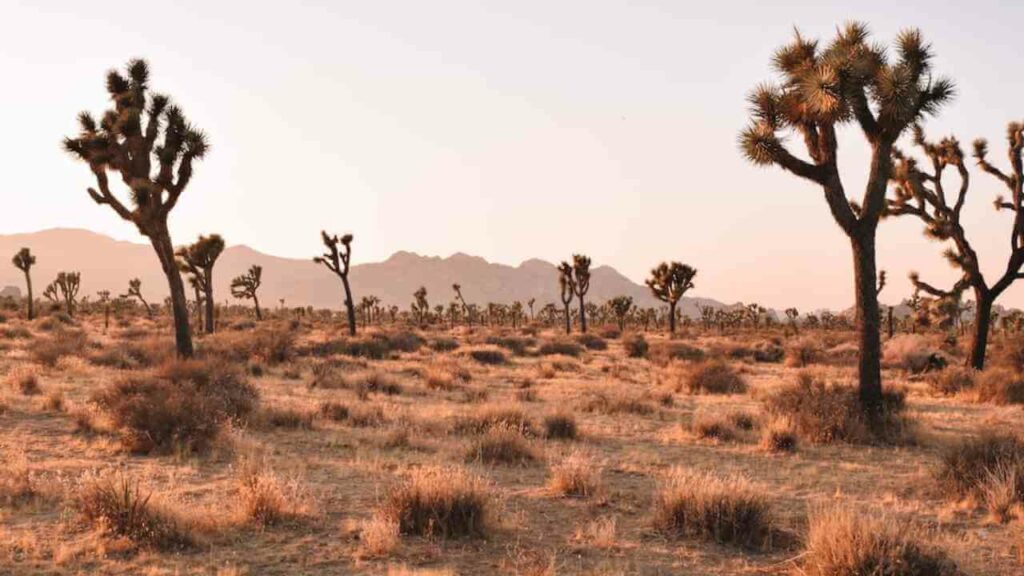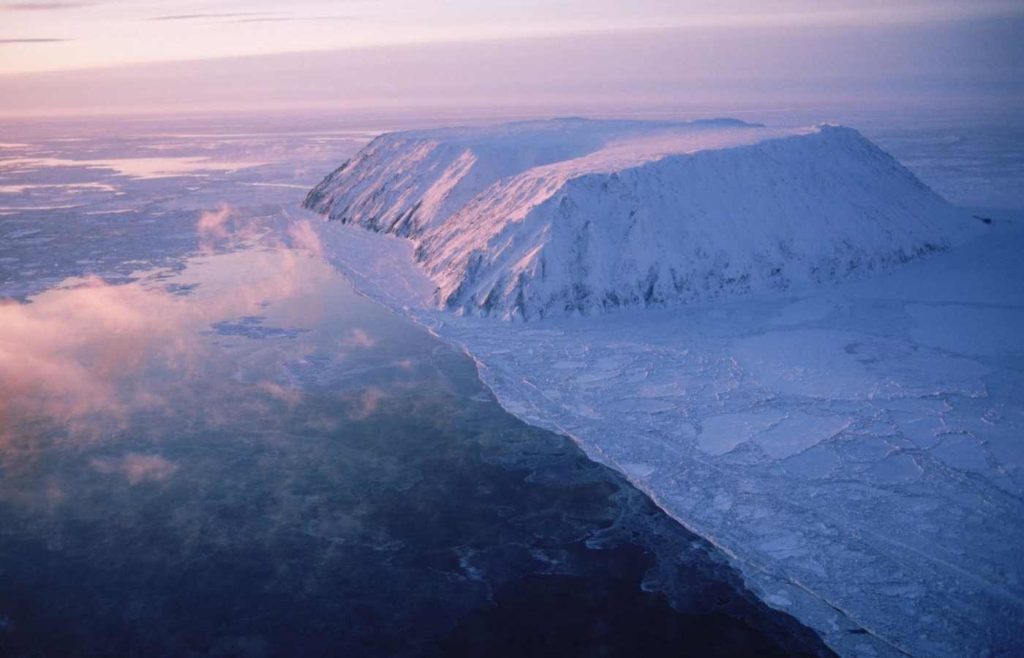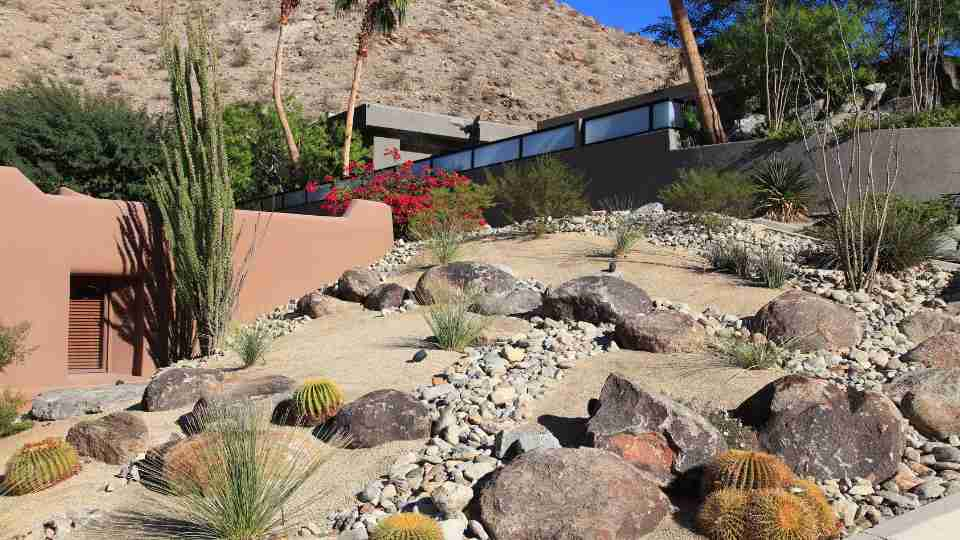A landscape is the visible features of an area of land, its landforms, and how they integrate with natural or man-made features, often considered in terms of their aesthetic appeal.
A natural landscape is made up of a collection of landforms, such as mountains, hills, plains, and plateaus. Lakes, streams, soils (such as sand or clay), and natural vegetation are other features of natural landscapes.

A desert landscape, for instance, usually indicates sandy soil and few deciduous trees, while tundras are cold, harsh and barren landscapes.


Artificial landscapes are the product of human thought and arise as a result of human activities, in contrast to the landscapes which arose naturally. Examples are cities, buildings, theme parks, golf courses, hydroelectric dams and gardens.

What is the Difference between Topography and Landscape?
Landscape refers to the visible features of an area of land and it is not specific. Topography on the other hand refers to the form of the landscape—its steepness, shape, and slope aspect (the direction a slope faces).
You can say “The landscape of the Grand Canyon is spectacular, although the topography of the terrain is rugged, with steep canyon sides”.


